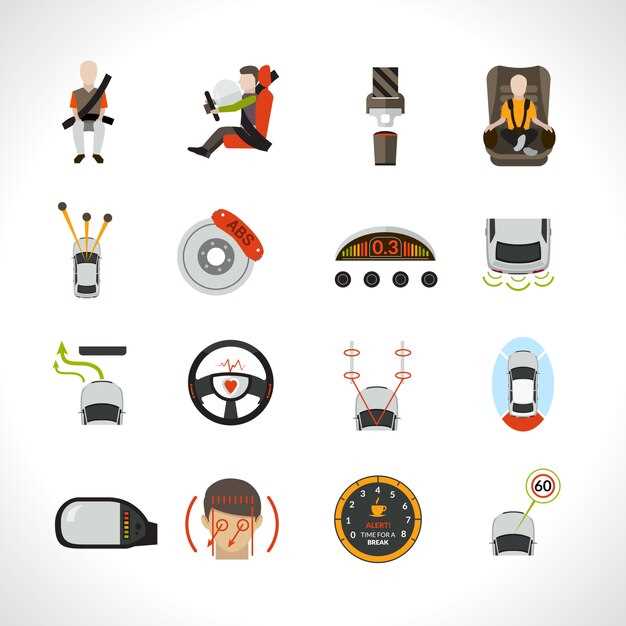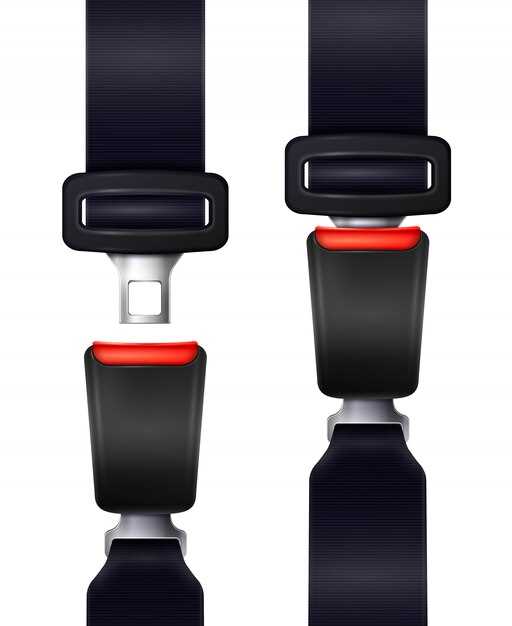
When it comes to motorsports, the importance of safety cannot be overstated. One of the key components that contribute to driver safety and performance is the choice of seats and seat harnesses. Racing seats are specifically designed to provide optimal support and protection, while seat harnesses ensure that drivers remain securely in place during high-speed maneuvers.
Racing seats differ significantly from standard car seats, as they are engineered to offer greater lateral support and stability. This design is crucial for preventing injury during the intense g-forces experienced on the racetrack. In addition, these seats often feature fire-resistant materials, reinforcing their role in driver safety.
Seat harnesses, on the other hand, act as an essential complement to racing seats. A reliable harness system secures the driver, minimizing movement during collisions or sudden stops. Choosing the right type of harness–whether a 4-point, 5-point, or 6-point system–depends on the specific racing application and personal preference. Understanding the dynamics of both seats and harnesses is vital for anyone looking to enhance their safety and performance on the track.
Choosing the Right Racing Seat for Optimal Safety

Selecting the appropriate racing seat is crucial for ensuring maximum safety during motorsport activities. A well-designed racing seat provides essential support, minimizes movement, and protects the driver in the event of a collision. To achieve optimal safety, several factors must be considered when choosing seats.
1. Seat Type: There are primarily two types of racing seats: bucket and reclining. Bucket seats offer better lateral support and are ideal for high-performance racing, while reclining seats provide more comfort and adjustability for longer races. Determine the type based on your racing style and duration.
2. Material: The construction material significantly impacts the seat’s strength and weight. Carbon fiber and fiberglass are popular choices for their lightweight yet robust properties, enhancing safety without compromising performance.
3. Harness Compatibility: Ensure that the racing seat is compatible with your seat harness. A proper harness system works in tandem with the seat to secure the driver effectively. Look for seats designed with harness slots that accommodate multi-point harnesses for enhanced safety during high-impact situations.
4. Fit and Comfort: A snug fit is essential; the seat should embrace your body without restricting movement. Consider trying seats in person to evaluate comfort, especially if you plan on spending long hours in the car. Customized options are also available for a perfect fit.
5. Certification: Always choose seats that meet recognized safety standards such as FIA or SFI. These certifications ensure that the seat has been tested for impact resistance and durability in racing conditions, thus providing a higher level of protection.
6. Price vs. Safety: While it’s tempting to opt for budget-friendly options, cutting corners can compromise safety. Investing in a high-quality racing seat is vital for protecting yourself on the track. Evaluate your budget, but prioritize safety over cost whenever possible.
In summary, choosing the right racing seat involves understanding the type, material, compatibility with harness systems, fit and comfort, certification standards, and balancing price with safety. Taking the time to select the right seats can significantly enhance your protection and overall racing experience.
Proper Installation Techniques for Harness Systems

The correct installation of harness systems is crucial for ensuring driver safety and optimal performance during racing. A well-installed harness not only keeps the driver securely in place but also enhances control over the vehicle. Here are essential techniques to follow during the installation process.
First, choose a suitable mounting location that remains stable during high-speed maneuvers. The shoulder straps should be positioned behind the driver’s seat and anchored to the chassis, while the lap belts attach to the subframe. Use high-strength hardware, such as grade 8 bolts, to secure all attachment points.
Next, ensure the harness straps are correctly threaded and adjusted. The straps should fit snugly against the driver’s body without excessive slack. When pulling the straps, check for any twists or tangles that might compromise their integrity. A common mistake is to overtighten the shoulder straps, which can cause discomfort and limit mobility.
After installation, perform a thorough inspection of all components. Check the integrity of the harness material for any signs of wear or damage. Verify that all bolts and mounting points are securely tightened and that there is no play in the assembly.
Finally, it is essential to conduct a test fit with the driver in place. This ensures that the harness system allows for full range of motion while still providing necessary support. The driver should feel comfortable and secure, without restrictions that could hinder performance.
By following these proper installation techniques, harness systems can significantly enhance safety and control for drivers in racing conditions.
Adjusting Harness Straps for Maximum Comfort and Protection
Proper adjustment of harness straps is crucial for ensuring both comfort and safety during racing. The positioning of the straps directly influences the effectiveness of the harness system in providing protection during high-speed maneuvers. To achieve the best fit, start by ensuring that the harness is mounted correctly to the seat and chassis, as any misalignment can lead to ineffective restraint.
When sitting in the racing seat, ensure that the shoulder straps are positioned to cross over the shoulders at the mid-point. This prevents excessive movement of the upper body. The lap belts should be positioned low across the hips and snugly secured. Aim for a fit that feels snug yet comfortable; it should not restrict your movement to the point of discomfort or pain.
Adjust each strap slowly, ensuring you maintain an even tension across the harness system. After initial adjustments, it is important to perform a quick test by moving your body side to side and forward to assess any slack. The harness should hold you securely without excessive pressure on any single point, which can lead to fatigue during longer races.
Remember to regularly check the fit of the harness, especially after long sessions of driving or following any adjustments in the seat position or padding. Wearing appropriate racing gear can also influence fit; hence, consider how your gear interacts with the harness while making adjustments.
Lastly, practice getting in and out of the harness efficiently. Familiarity with your harness adjustments can save precious time in case of an emergency. Maintain the habit of checking your harness before each race to ensure maximum protection and comfort, thus enhancing your overall racing experience.




